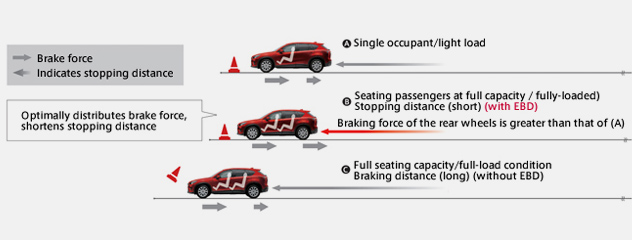Ok, so getting back to the -TCS and my cruise control not working- post I made earlier. I did some testing this afternoon.
Result (drum roll please) is that the radar cruise does indeed disengage when turning off (disabling) the traction control system (TCS). If I have it (TCS) disabled already, and then try to engage my cruise control, it won't let me.
Conversely, if I am driving using the radar cruise, and push the TCS button, the cruise will disengage and it gives me a message that says my radar cruise has been disabled.
The key factor here is ...radar cruise. If I run with the regular, non-radar, cruise option enabled, it will not disengage when I push the TCS button. That was my ah ha moment.
-In a nutshell, it is only the radar cruise option that doesn't work when the TCS is turned off.
Regular cruise works fine either way.
I guess if your model doesn't have radar cruise control, then there is no issue.
Hope that helps.

